MATT: Hello and welcome to The Maths Show with me,Matt Parker. Today weÔÇÖre going to be throwingsome shapes, because this episode is aboutGeometry.
MATT: First up, angle questions. Things like this can lookquite intimidating. The trick however is just towrite down any angles you know even if youÔÇÖre notsure theyÔÇÖre going to be useful.
MATT: Something like this is rarely solved in one step. Youhave to keep going until you get to the angle youneed.
MATT: ItÔÇÖs a bit like when you have a misunderstandingwith a friend of yours, you just keep writing angleon them until eventually you work it out.
MATT: This question we have two triangles: an isoscelestriangle and an equilateral triangle, on the samestraight line. They are line buddies.
MATT: Now, we need to work out what X is and all weknow is that top angle and the isosceles triangleand thatÔÇÖs 48 degrees.
MATT: So we start by writing down everything we knowabout the two triangles. The equilateral triangle,we know they like long walks on the beach, Thaifood Who does this research? And all of theirangles are the same, that bit is correct.
MATT: TheyÔÇÖre called equilateral for a reason, all the partsare equal because the sum of all the angles on thetriangle is 180 degrees, we divide that by 3, theymust all be 60 degrees.
MATT: Now, an isosceles triangle, it says here that theylike go-karting, comic books and two angles andtwo lengths are the same size, that bit is true. Thetwo sides there, you can see theyÔÇÖre the same,which means the two bottom angles are the same.
MATT: We start with 180 degrees total. We subtract the48, that leaves 132. We divide that in half to getthe two identical angles at the bottom, they are 66degrees each, we can now move on to X.
MATT: So, what do we know about X? It hangs out withtwo other angles and as a team all three of themform a straight line. So they must add to 180degrees.
MATT: The other two angles are 60 and 66, they total 126degrees together and so we subtract that from 180and we get 54. There you are, X equals 54 degrees.The question looked a bit confusing to start withbut everything we needed to know was in there.
MATT: Step-by-step we just had to work our way forwardsuntil we got to the final answer and we got itcorrect. No thanks to my fine research team.
MATT: Next up polygons, how do we calculate the total oftheir internal angles?
MATT: What we have here is a pentagon, which means ithas 5 edges, five angles
MATT: and houses the headquarters of the United Statesdepartment of defence Like does no one evencheck what you do?
MATT: Actually can we get an Octagon? Ok nice. So nowweÔÇÖve got 8 sides, 8 corners, to work out the totalof all those internal angles,
MATT: you pick one corner and join it to all the othercorners that arenÔÇÖt already connected to it. Andnow weÔÇÖve got a series of triangles, weÔÇÖve actuallygot 6 triangles there. We know the internal anglesof each of those triangles comes to 180
MATT: So we just multiply six triangles, times 180 degreeseach, for a total of 1080 degrees. And thatÔÇÖs theanswer.
MATT: And this works for any polygon you ever comeacross. Look at that, all of these, it works for everysingle one.
MATT: And finally, Bearings. Bear rings ha-ha can weget the correct thank you.
MATT: So bearings are a measure of direction, alwaystaken clockwise from due north using 3 digits.
MATT: So if your bearing was 30 degrees, you would writethat as 030. And bear in mind that the diagramsyou see are not always to scale, donÔÇÖt be fooled byhow they look.
MATT: In our example today we have a bearing of 100degrees to go from A to B, and we have to workout the bearing to get from B back to A. Like a lotof bearing examples, this involves supplementaryangles. TheyÔÇÖre two parallel lines that both go duenorth and we have a line crossing them, which isjust a straight line in disguise. They add to 180degrees.
MATT: 180 minus 100 gives us 80 degrees for the otherangle, but we need to work out the distanceclockwise from north.
MATT: So we subtract 80 from 360, its 280 degrees. Thatis the bearing to go from B back to A. You can nowtackle all of your bearing and angle questions.
MATT:Angle angle! Do we even pay you?
Video summary
Mathematician and comedian Matt Parker breaks down key GCSE angle problems into easy steps, including internal angles of polygons and bearings, to help students struggling to get a passing mark.
Looking at key GCSE Foundation angles topics, Matt emphasises the importance of not being intimidated by questions.
Looking at a multi-step problem, Matt encourages students to be confident and start somewhere.
The questions move through topics that are typical stumbling blocks for students, emphasizing, with graphics, methods to help remember key methods.
He also explores common misconceptions in dealing with these kinds of problems.
This short film is from the │╔╚╦┐ý╩Í series, The Maths Show.
Teacher Notes
During the video:
- When the problem comes up on the screen involving isosceles and equilateral triangles, pause to ask your students to draw the situation and see how much they can fill in themselves before Matt speaks. It might be useful for students to have a copy of the question on a worksheet, or mini whiteboards for students to not fear making errors as they can just erase them.
- For the angles in a polygon section, students could look at the other polygons shown after the method and calculate the angles in hexagons, pentagons etc.
- Elicit responses from students regarding the direction of the bearing.
After the video:
- Explore other multi-step angle problems - put a large diagram on the board and encourage students to come to the board to label an angle. Encourage students to label any angle - not to worry about whether it is the answer required. Alternatively you could start with a simple diagram and slowly add to it, each time ask students to work out the new angles added.
- Look at the different approaches for irregular polygons and regular polygons - is using the exterior angle of a polygon (not covered in this video) method more useful with regular polygons? Would students remember to find the supplementary angle of the exterior angle for the interior angle? Could students use both methods to ensure they have the same answers? Students could make a poster or a video of a step by step guide of their preferred method.
- For bearings, students should look at bearing questions which you have to measure and those where you calculate. Bearings is a great topic for ÔÇÿspot the errorÔÇÖ exercises - ensure students are using the right numbers on a protractor, measuring clockwise from North and measuring the right direction (A from B not B from A for example).
Suitable for teaching maths at GCSE in England, Wales and Northern Ireland and National 4/5 or Higher in Scotland.
Exam Techniques for GCSE Maths. video
Matt offers advice for teachers and students on test-taking techniques specifically for the maths GCSE.
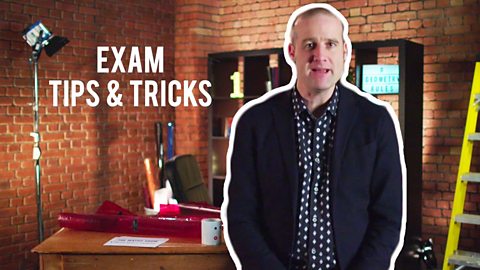
Ratio and Proportion. video
Matt explores ratio and proportion including converting ratios into fractions and graphical representation of ratios.

Fractions, Decimals and Percentages. video
A guide to converting fractions, decimals and percentages, applied to real-world problems.
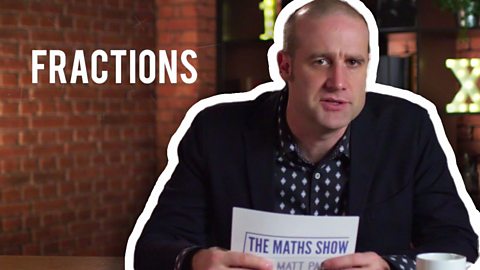
Algebra and Negative Numbers. video
Negative numbers are made easy as Matt breaks down his top five problems with negative numbers.
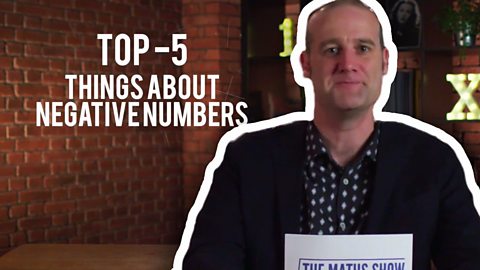
Algebra - Formulae and Graphs. video
Matt offers tips on identifying different graph types and their uses, as well as tips to avoid common mistakes when working with formulae.
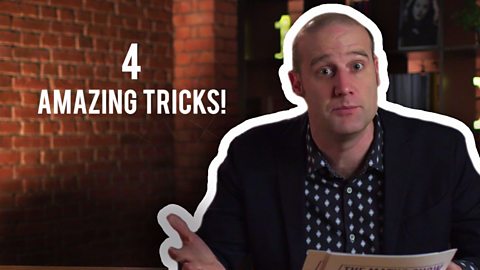
Statistics. video
Matt simplifies the use of lines of best fit for students struggling to achieve a passing mark on the maths GCSE.
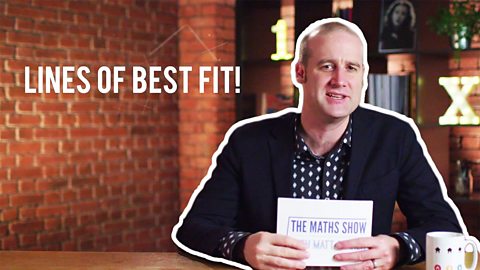
Probability. video
Matt demonstrates how to handle probabilities using probability and frequency trees.
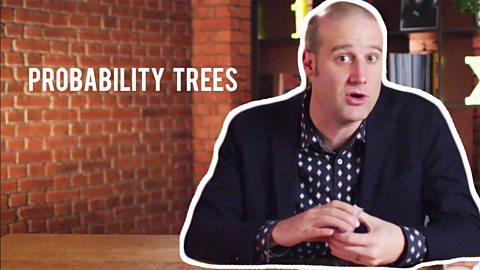
╠²
╠²